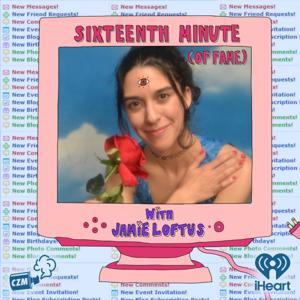“Oi Mista! You me dad?” …The evocative phrase heard around the world thanks to a beautiful little thing called memes. As per one definition by evolutionary biologist Richard Dawkins, the meme is a unit of cultural transmission that can be perpetuated and remixed for all eternity. These nifty visual soundbites have been around forever, but really took form in the Darwinian halls of 4chan. Evolving from image macro, to utopian “open work,” to hate symbol, to ironic shitpost where no object of consumption is sacred (not even Joan Didion… or Geese), the meme has become the true darling of our internet age. In this episode, Hannah and Maia question the purpose of the meme - is it an object of benign humour, a piece of art, a tool for bespoke branding, or a malignant “selfish” gene that has the capacity for great evil? Listen to find out. Tangents include: the Timothy vogue cover, and Hannah’s one-sided beef with Goth Shakira.
Support us on Patreon and get juicy bonus content:
https://www.patreon.com/rehashpodcast
Intro and outro song by our talented friend Ian Mills:
https://linktr.ee/ianmillsmusic
SOURCES:
Alexis Benveniste, “The Meaning and History of Memes,” The New York Times (2022).
Susan Blackmore, The Meme Machine, Oxford University Press (1999).
Roy Christopher, “The Meme is Dead, Long Live the Meme,” Post Memes: Seizing the Memes of Production, Punctum Books (2019).
Travis Diehl, “The Many, Many Heads of JD Vance,” Spike Art Magazine (2025).
Tom Gerken, “Is this 1921 cartoon the first ever meme?” BBC (2018).
Ara H. Merjian and Mike Rugnetta, “From Dada to Memes,” Art News (2020).
Scott Wark and McKenzie Wark, “Circulation and its Discontents,” Post Memes: Seizing the Memes of Production, Punctum Books (2019).
Olivia Whittick, “Feminist Meme Queen Goth Shakira,” Ssense.
Our Sponsors:
* Check out Mood and use my code REHASH for a great deal: https://mood.com
* Check out Quince: https://quince.com/REHASH
Advertising Inquiries: https://redcircle.com/brands




































